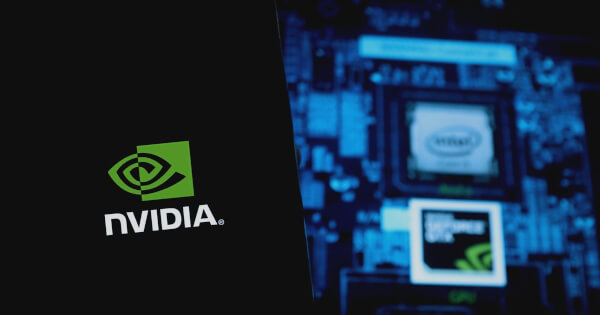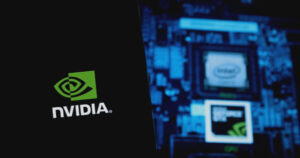NVIDIA’s Grace and Grace Hopper CPUs: A Quantum Leap in Computational Power for Ansys Workloads
By Lawrence Jengar | November 21, 2024
In a groundbreaking move set to transform high-performance computing (HPC), NVIDIA has recently launched its advanced Grace and Grace Hopper CPUs. These cutting-edge processors are specifically tailored to enhance Ansys workloads, revolutionizing crucial computations in industries like automotive safety and aerodynamics. At Extreme Investor Network, we emphasize innovation and sustainability, and NVIDIA’s latest developments align perfectly with our vision.

Innovative Architecture for Enhanced Efficiency
The heart of the Grace CPU lies in its remarkable architecture, boasting 72 high-performance Arm Neoverse V2 cores. This design isn’t just about raw power; it’s about efficiency. NVIDIA has integrated its Scalable Coherency Fabric, which delivers an impressive 3.2 TB/s of bisection bandwidth. By utilizing high-speed LPDDR5X memory, the Grace CPU minimizes energy consumption and maximizes data transfer speeds— a significant edge over traditional DDR memory systems.
What sets the NVIDIA GH200 Grace Hopper Superchip apart is its ability to merge the capabilities of the Grace CPU with the Hopper GPU. The innovative NVLink Chip-2-Chip interconnect enables seamless memory coherency, allowing CPU and GPU threads to work in perfect harmony. This synergy not only enhances performance but also boosts developer productivity, a change that promises to reshape the landscape of computational tasks.
Revolutionizing Automotive Engineering
In automotive safety analytics, understanding crash dynamics is crucial. The Ansys LS-DYNA software, a staple for crash simulations, typically relies on CPUs for its operations. This is where the Grace CPU comes into play, offering a compelling alternative that can lead to significant energy and cost savings. Such advantages are essential, especially in today’s world where data centers are aggressively pursuing energy-efficient solutions.
Benchmarks reveal that the Grace CPU can outperform conventional x86 architectures in both performance and energy efficiency. This efficiency enables data centers to enhance their computational capabilities without straining energy budgets, positioning businesses for financial success in a competitive market.
Advancements in Aerodynamic Simulations
Aerodynamics is another sector poised to benefit from NVIDIA’s innovations. The Grace Hopper Superchip has already demonstrated capabilities that astound even seasoned engineers. Testing at the Texas Advanced Computing Center indicated a staggering 110x speed increase for large-scale simulations using Ansys Fluent software. Tasks that previously took weeks can now be completed in a matter of hours—a paradigm shift in efficiency that goes hand-in-hand with remarkable reductions in energy consumption and overall operational costs.
Future Prospects and Industry Impact
The introduction of NVIDIA’s Grace and Grace Hopper CPUs is more than just an evolution in technology; it is a significant leap toward a sustainable future in computational engineering. Industry insiders speculate that the upcoming NVIDIA Vera CPU will build upon these advancements, further solidifying Arm-based architectures as the go-to choice for HPC environments.
As sectors worldwide continue searching for powerful yet efficient computing solutions, NVIDIA’s latest offerings provide a compelling answer. At Extreme Investor Network, we believe that the fusion of computational power and energy efficiency is paramount for future success— and NVIDIA’s leadership in this arena showcases the potential for transformative change across industries.
Join the Conversation
As technology continues to evolve, we encourage our readers to stay informed and engage with the community. Share your thoughts on NVIDIA’s latest CPUs and their potential impact on your industry. Let’s explore the frontier of technology innovation together!
Image source: Shutterstock

